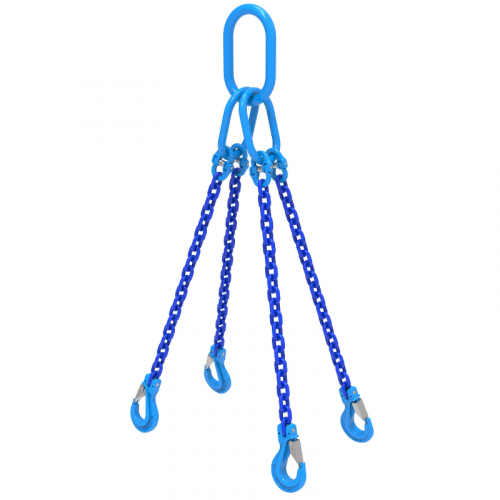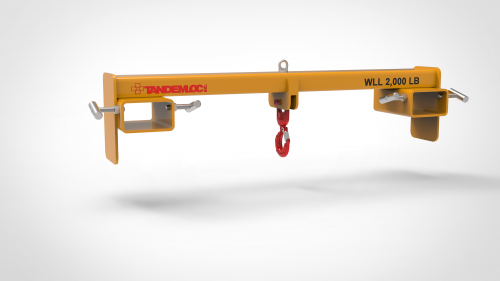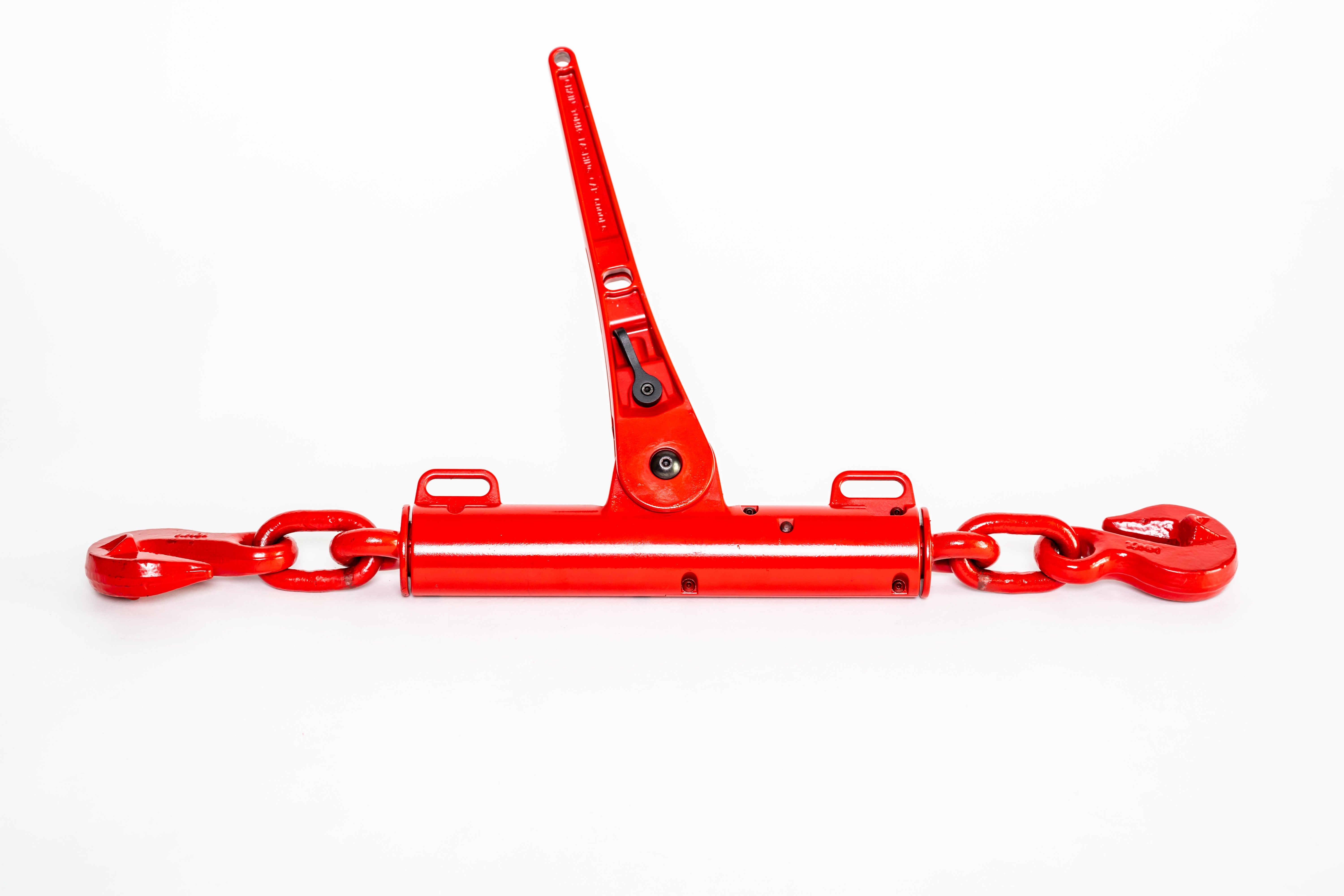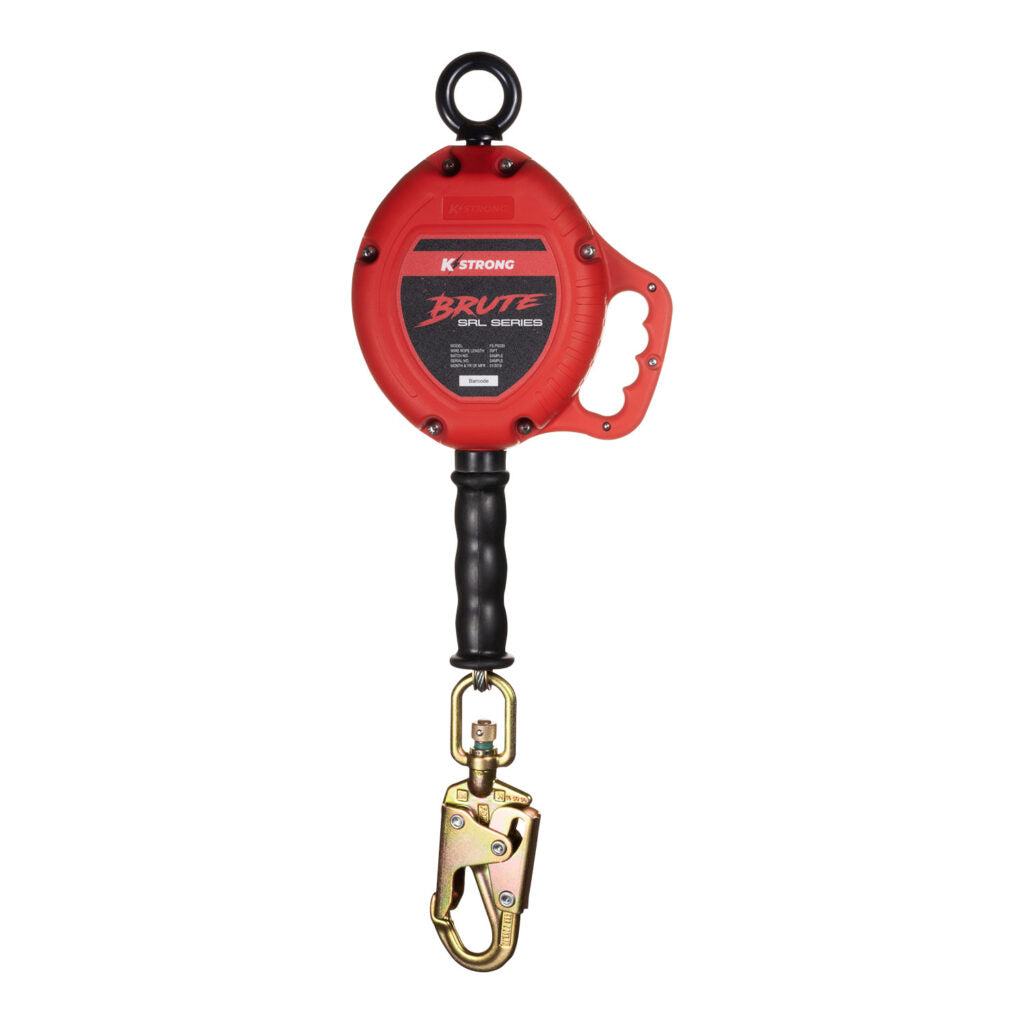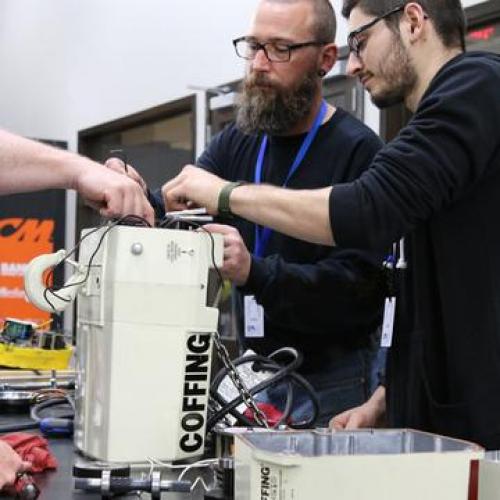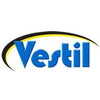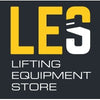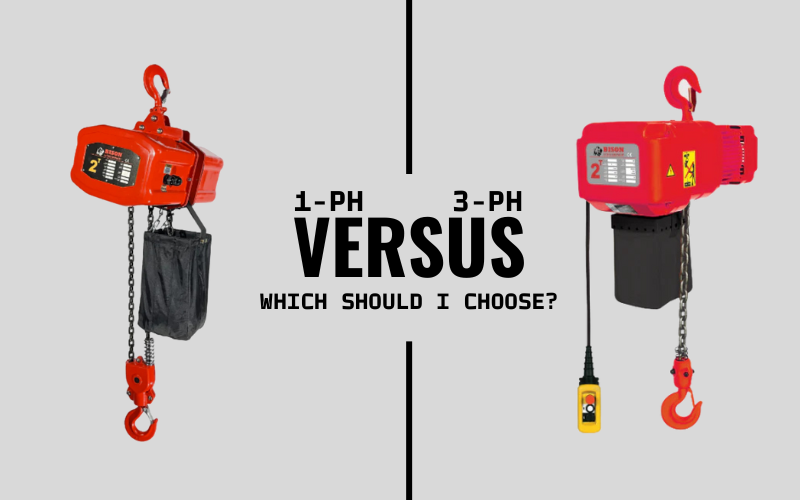If you're trying to decide between a single-phase and a three-phase electric hoist, the short answer is: choose a three-phase hoist for heavy-duty use in industrial settings, and a single-phase hoist for lighter lifting in residential or small workshop environments.
As a business owner who has been selling, operating, and maintaining all types of electric chain hoists across the world for more than a decade, I’ve come to learn that one of the most common – and important – questions my customers ask is: Should I choose a single-phase or three-phase electric hoist?
In this guide, I’ll break down the differences between single- and three-phase electric hoists, explain how to best choose the right one for your operation, and share why making the right decision upfront saves time, money, and stress down the road.
UNDERSTANDING SINGLE VERSUS THREE-PHASE
At the core, the difference lies in how the hoist is powered.
Single-Phase Electric Hoists
- Power Source: Standard 110V or 120V (sometimes 220V) AC — common in homes and small businesses, as well as construction sites and most remote locations
- Best For: Light-duty applications, temporary or portable use
Use Cases: Small garages, repair shops, HVAC contractors, rural operations
Three-Phase Electric Hoists
- Power Source: 230V, or 460V industrial-grade 3-phase AC power
- Best For: Heavy-duty lifting operations and where dual speed is required
Use Cases: Manufacturing plants, warehouses, production lines, steel fabrication
KEY DIFFERENCES THAT MATTER TO YOUR OPERATION
Over the past decade-plus, we’ve supplied electric chain hoists to customers across California, Texas, Hawaii, New York, and beyond. The biggest factors influencing their decision? Power availability, workload intensity, and total cost of ownership.
1. Power Supplier & Accessibility
Many times, I’ve seen how power availability can make or break a hoisting decision. If your facility only has single-phase power (which is common in residential areas or smaller commercial spaces), then your hands might be tied – a single-phase hoist could be your only realistic choice unless you’re ready to jump through the hoops of getting three phase.
But if you’re working on an industrial park, in a warehouse district, or a properly equipped commercial space, chances are you’ve got access to 3-phase power. And trust me, if it’s available, use it! 3-ph power offers more voltage stability, smoother performance, and opens the door to far more efficient and capable hoist options, including dual and faster speeds, as well as higher lifting capacities.
2. Lifting Capacity & Duty-Cycle
This is where I see people get into trouble most often - overestimating what a 1-ph hoist can handle.
Three-phase hoists are built for serious work. They pull fewer amps, last longer, and can take on heavier loads without a struggle. If you're operating in a warehouse, fabrication shop, or any high-volume setting, a three-phase hoist is not just a better option - it's the only smart option.
On the flip side, single-phase hoists absolutely have their place - if you're only lifting a 300-pound engine once or twice a day in a small repair shop or if you're working on a temporary construction site. Just make sure you're not pushing it too hard, because i've seen too many units burn out prematurely.
Our advice: let your hoist rest and don't use it beyond its rated duty cycle. If that's 50% for example, let your hoist rest for 30 minutes with every hour of continuous use.
3. Which Power Supply Is Best: Single or Three Phase?
When deciding between single-phase and three-phase power for an electric chain hoist, your choice can have a big impact on both performance and cost.
Single-phase electric choists are typically used in smaller workshops or locations without access to 3-ph power. While they can be convenient, they often come at a higher price point - not because they offer more power, but because they require additional electrical components like start and run capacitors to function efficiently. These components help mimic the performance of a three-phase motor but add to the overall cost and complexity of the hoist.
In contrast, three-phase electric chain hoists are purpose-built for industrial environments where high performance, reliability, and efficiency are essential. They deliver smoother operation, higher duty cycles, and greater lifting capacity - all without the need for added components. Surprisingly to many, three-phase hoists are often more affordable than their single-phase counterparts when comparing similar models, due to their simplicity of their motor design and widespread availability in commerical settings.
If your facility has access to three-phase power, it's the clear winner in terms of cost, durability, and long-term value.
WHAT’S THE BEST TYPE OF HOIST FOR YOUR BUSINESS NEEDS?
With thousands of installations completed across the country, we always advise our customers to base their decision on actual needs, not just price. Ask yourself:
✅ What Power Supply Is Available at Your Facility?
- If you're limited to 110V or 220V, you’ll need a single-phase hoist.
- If 230V or 460V three-phase power is available, go with a three-phase model for more efficiency and reliability.
✅ What’s the Load and Frequency?
- Lifting under 500 lbs once a day? A single-phase unit will do.
- Lifting 1,000+ lbs multiple times per hour? You need three-phase — no question.
✅ Is Portability Important?
- Single-phase hoists are easier to transport and can be plugged into standard outlets. Great for field service or mobile jobs.
- Three-phase hoists are typically fixed installations for permanent operations and integrated systems. They are hard-wired in majority of the time.
✅ What’s the Cost of Downtime?
For businesses with critical uptime requirements (like assembly lines or logistics hubs), three-phase hoists offer peace of mind with better reliability and longer runtimes.
WHY I RECOMMEND THREE-PHASE HOISTS FOR INDUSTRIAL OPERATIONS
From years of hands-on experience and countless conversations with customers across the U.S, I can say with confidence: three-phase electric chain hoists are the gold standard for serious, industrial operations.
Whether it’s a fabrication shop, a fulfilment centre, or a marine repair facility, I’ve seen three-phase systems consistently outperform and outlast their single-phase counterparts. They’re built for heavy, productive workloads – they run cooler, draw less power, lift more, and slot effortlessly into demanding workflows.
Now, here’s the reality I’ve witnessed time and time again: about 90% of hoist failures we get called in for involve single-phase units. And almost always, it’s the same story – someone chose a single-phase because they thought it might draw less power and be the more cost-effective option when it comes to running (but it’s the opposite), then pushed it beyond its capability. Burned-out motors, frequent breakdowns, unexpected downtime… and sometimes even safety issues.
Don’t get me wrong – single-phase units are exceptional when used within their limits. They’re ideal for light, infrequent lifting. But the moment you treat them like a heavy-duty solution, they quickly become a nuisance.
If you’re in logistics, manufacturing, construction, or any operation where lifting is a daily part of the job, go with a three-phase hoist if possible. It’s a smart investment, not just in performance, but in reliability and peace of mind.
INVEST IN THE RIGHT TOOL FOR THE JOB
Choosing between a single-phase and a three-phase motorized chain hoist comes down to how your operation runs — not just today, but in the years ahead. The right hoist affects productivity, safety, and long-term value. My advice? Choose based on the demands you’re facing now, but don’t forget to factor in where your operation is headed. Growth comes fast, and your equipment should be able to grow with you.
And if you’re still unsure, that’s perfectly okay. We understand the differences, and we’re here to help you make the right call — one that’ll serve you well for the long haul.

